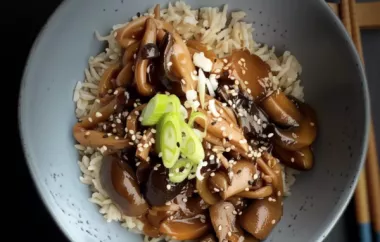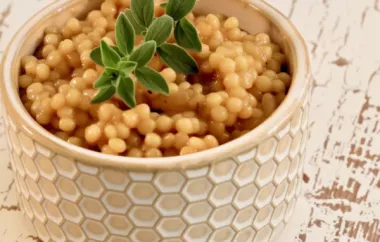Classic Blanc-Mange Recipe - Easy and Delicious

Published on January 12, 2024
Enjoy the classic English dessert with this easy and delicious blanc-mange recipe. Made with milk, sugar, and vanilla, this creamy and sweet dessert is a delightful treat for any occasion. It requires minimal ingredients and can be prepared in a short amount of time. Serve it chilled with a garnish of your choice for a perfect ending to any meal. Whether it's a family gathering or a special occasion, this homemade blanc-mange will surely impress everyone at the table.
Ingredients
- 4 cups whole milk
- 1/2 cup granulated sugar
- 1/2 cup cornstarch
- 1 teaspoon vanilla extract
- Garnish of your choice (berries, mint leaves, chocolate shavings)
Directions
- In a saucepan, combine the milk and sugar over medium heat. Stir until the sugar is dissolved and the milk is hot but not boiling.
- In a separate bowl, whisk together the cornstarch and a splash of cold milk until smooth.
- Slowly pour the cornstarch mixture into the hot milk, whisking continuously to prevent any lumps from forming.
- Continue cooking the mixture over medium heat, stirring constantly, until it thickens and reaches a pudding-like consistency. This usually takes about 5-7 minutes.
- Remove the saucepan from the heat and stir in the vanilla extract.
- Pour the blanc-mange mixture into individual serving dishes or a large glass bowl. Let it cool for a few minutes at room temperature.
- Cover the dishes or bowl with plastic wrap, making sure the plastic is touching the surface of the blanc-mange to prevent a skin from forming.
- Refrigerate the blanc-mange for at least 2 hours or until set.
- Once chilled and set, remove the plastic wrap and garnish the blanc-mange with your choice of berries, mint leaves, or chocolate shavings.
- Serve the blanc-mange chilled and enjoy!
Interesting Facts
You’ll Also Love












